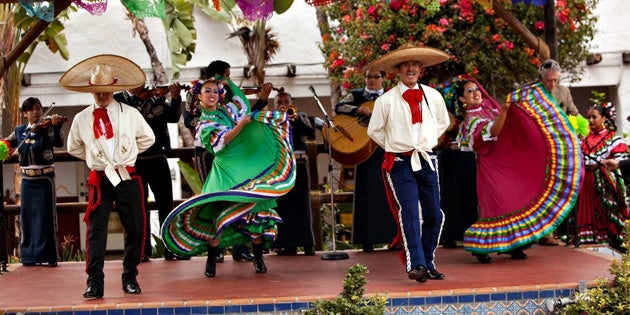College of Charleston Hispanic Studies professor Joe Weyers is spending Cinco de Mayo (May 5, 2014) in Guadalajara, Mexico. He says it is very similar to Memorial Day in the U.S.
“It’s a day off from work. Period. Families will spend time together, and since it falls on a Monday, I understand it’s been a big three-day exodus to the beach. There is a parade in Mexico City, but not here in Guadalajara.”
History of Cinco de Mayo
Weyers explains that in 1862, France invaded Mexico. Mexico had recently won independence from Spain and its future governmental structure divided the country: a republic or a monarchy? Napoleon III wanted the latter. He sent troops under the guise of collecting on Mexico’s debt (from the war of independence).
It was on May 5, 1862 that the Mexicans defeated the most powerful, best-organized army in the world – the French. The victory of May 5 was short lived. Maximilian of Austria was installed as Emperor of Mexico a year later, although his reign only lasted a few years.
Strong French Influence
As a result of the war, Weyers explains that French influence in Mexican culture is strong.
“It’s said that ‘mariachi’ (the most Mexican of musical forms) is a corruption of the French word ‘marriage,’ a celebration when there is much pomp. As the story goes, mariachi groups formed to make fun of the trumpets and other fanfare that followed the French royalty around Mexico, which most Mexicans thought was the most ridiculous thing they’d ever seen. They adopted a formal suit, but made it as Mexican as they could, with exaggerated sombreros and cowboy silver studs down the legs of the suit.”
Traditional Mexican cuisine (Weyers clarifies, he is not talking about stuff rolled in tortillas like what is eaten in the U.S.) is based on complicated sauces with French influence. Mole is the most traditional sauce and the most well known.





